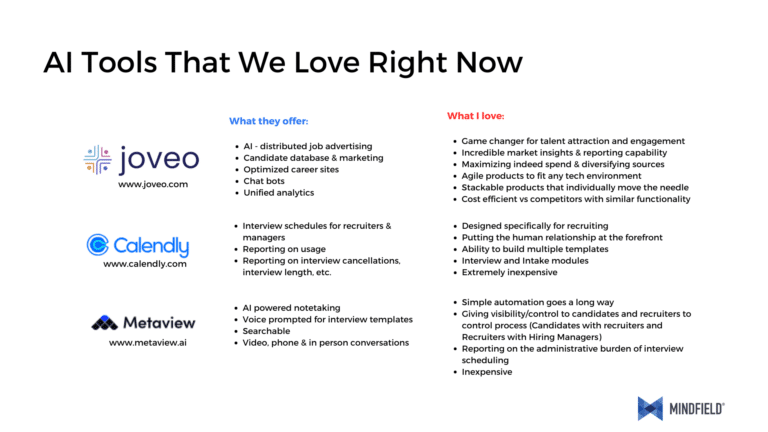A recent study by Manpower, which engaged over 40,000 HR executives across 45 countries, highlighted that 75% of employers report difficulty in filling roles. We can attribute this to a growing global talent shortage across companies of all sizes with very few industries left untouched. The list ranges from Fortune 50, 500 companies to small-medium sized companies. Industries like communications, energy, financial services, real estate, industrial, technology, and so forth. Everyone across the globe is feeling this pain.
So, we have a talent shortage. Hiring is not slowing. What’s the problem?
Despite talent shortages, 80% of executives in Canada and 75% of U.S. executives are optimistic about their organization’s ability to hire. However, and perhaps the greater problem; the labor participation rate is at 62.5% (as of original writing of this article), it hasn’t been this low since 2015, and prior to that, 1977 (dive into the specific reasons here). Now we have a global talent shortage, an extremely low labor participation rate, and optimistic hiring teams that don’t necessarily reflect the labor market.
Surely, the amount of new HR technologies will help?
On top of all of this, there has been an explosion of HR technology since 2014. In fact, for the past 10 years, the industry has been growing on average by 7% every year. Yet if you ask any talent acquisition or recruitment professional, you will still hear that they’re having challenges connecting with people and qualified candidates.
They’ve got disparate systems, manual processes, and siloed data. This leads to diluted sourcing activities, poor candidate experiences, reduced diversity and inclusion and so on. What we’ve learned at Mindfield is that it does not matter how great or how many technologies you have if you are not using it to solve the right problem.
Is all doom and gloom? No, but first you must identify the friction points in the recruitment funnel.
If you look at the next two diagrams below, each step in the recruitment funnel requires different strategies, solutions, and tools. It will also depend on your industry and hiring challenges (whether you’re hiring for skilled talent, high-volume, or hourly).








